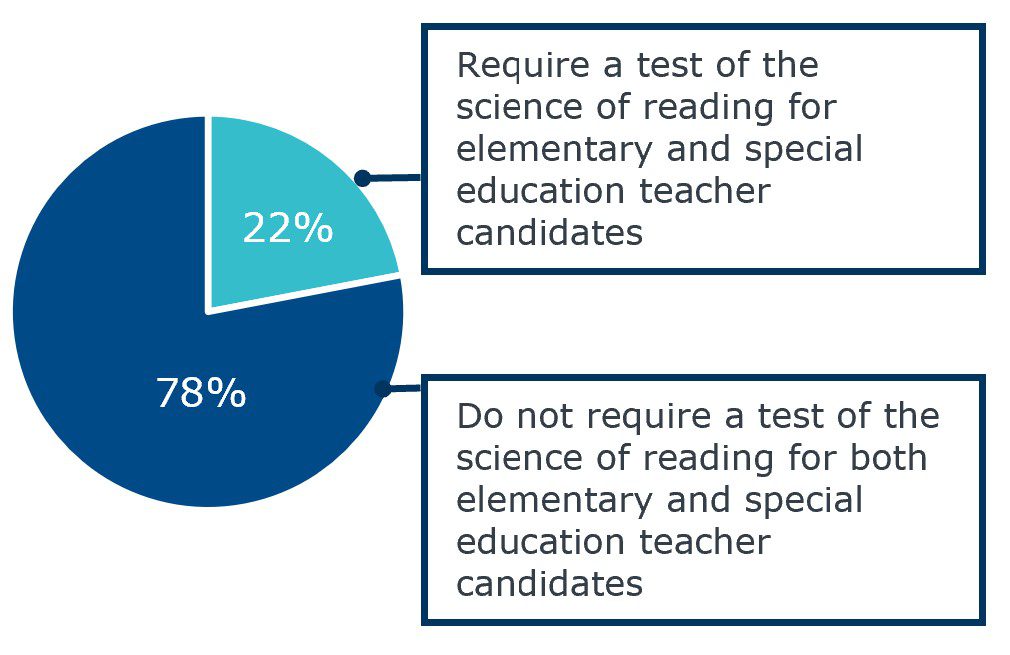Districts are still struggling with low reading proficiency. These barriers are probably why.
Third grade is a critical transition in K-12 education. However, despite district leaders investing significant time and resources on teaching reading, they often see few lasting results. Poor reading outcomes are costly for students, with unaddressed issues causing future learning and personal problems. In fact, reading is a difficult area for students to catch up on, leaving them less likely to attend college and find a living wage job.
Low reading proficiency costs districts, as well. Many states have third-grade reading retention laws, which require students to meet a reading standard before moving on to the next grade. Although this may sound like a worthy solution, states are repealing these laws due to the expense it puts on districts, costing $13,000 on average to retain a pupil.
Researchers and experts recommend utilizing the science of reading as a proven proficiency and learning strategy. But, an effective strategy for student learning might not be enough if school leaders, teachers, and districts are facing some these common barriers to success.
1. Higher Education Inadequately Prepares Teachers to Teach Reading Effectively
Teacher preparation programs rarely prepare educators to teach reading. Few prep programs, if any, include a curriculum conferring scientifically-based reading instruction methods or the five components of literacy. Further, many districts cannot afford the formal professional development programs that provide this knowledge. Without the proper training and tools to teach reading, educators work off instinct rather than science-backed methods. To support districts and teachers, we provide unrestricted access to our science of reading implementation resources.

2. Most Reading Professional Development Fails to Fill the Void
Professional development opportunities help supplement gaps in teacher skills; yet they do not dedicate enough time to reading knowledge. One study found that teachers need 14 hours or more of teacher development on a given subject to have a positive and significant effect on student achievement. Further, 47 percent of public schoolteachers reported participating in eight or fewer hours of reading professional development, yearly. Too often, allocated professional development time is squandered on low-priority topics, like selecting books based on a theme rather than developmental appropriateness.
3. Many Principals Lack the Knowledge to Reinforce Sound Reading Instruction
Principal investment is critical to teacher success in literacy instruction. Principals set building-level priorities and focus on year-to-year goals, help determine professional development offerings and hiring criteria, and oversee and conduct teacher evaluations. However, they do not always have a background in reading education and often lack the same knowledge as their teachers. Engaged principals who participate in reading tactics training are more able to address literacy issues with research-aligned responses, evidence-based instructional materials, and create a conducive environment for long-term reading success.
4. Ongoing Implementation Support is Rare but Necessary to Ensure Lasting Impact
Providing principals and teachers with knowledge on the science of reading is critical, but not enough. Even the best professional development can fail to translate into the classroom without ongoing support and guidance. Schools also often have inconsistent definitions of ideal reading instruction, and without a shared understanding, administrators and teachers must use their discretion to determine the best path forward.
The science of reading allows teachers to understand how the brain learns to read and the instructional practices that support learning. These tactics should become the new standard, as its scientifically based methodology improves students’ reading outcomes. Nevertheless, district leaders need to create clear and consistent structures that support teachers in implementing these relevant skills in the classroom. Explicit implementation guidance and frequent feedback can help teachers and principals make sure their students benefit from scientifically-informed reading instruction.
Improving reading proficiency is a daunting task for districts to tackle on their own. EAB provides dedicated support for partner districts to help prepare their educators to teach reading to students. To learn more about how to implement and align early-grade education with the science of reading, visit our resource center.

More Blogs

From building managers to strategic leaders

Building systems for principal success: 3 key lessons for district leadership
